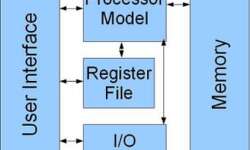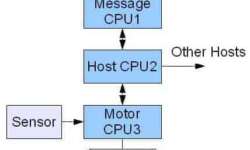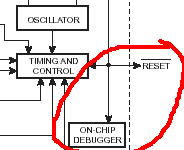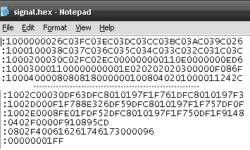Microwire compared to SPI and I2C

Microwire is a three-wire serial interface used by National Semiconductor in its COPS processor family. The three signals are SI (serial input), SO (serial output), and SK (serial clock). SI and SO are input to and output from the processor, respectively. The processor clocks data to the peripheral on SO and receives data on SI. Data in both directions is captured on the rising clock edge. Peripheral devices that transfer data in only one direction (such as display drivers that are only written, never read) may implement only one data line, SO, or SI. Microwire is an older protocol than SPI, and it has some differences from it. Original Microwire has fixed clock polarity and clock phase. At the same time, SPI can be configured to any clock polarity and phase. Unlike I2C, the Microwire protocol has no device addressing built into the serial bitstream. Microwire peripherals require a separate chip select input, one per device. This allows data to be transferred more quickly since address information is not needed. However, it requires more port bits since one chip select, using one port bit, is needed per peripheral. Each Microwire peripheral has a unique protocol based on the application. The…














